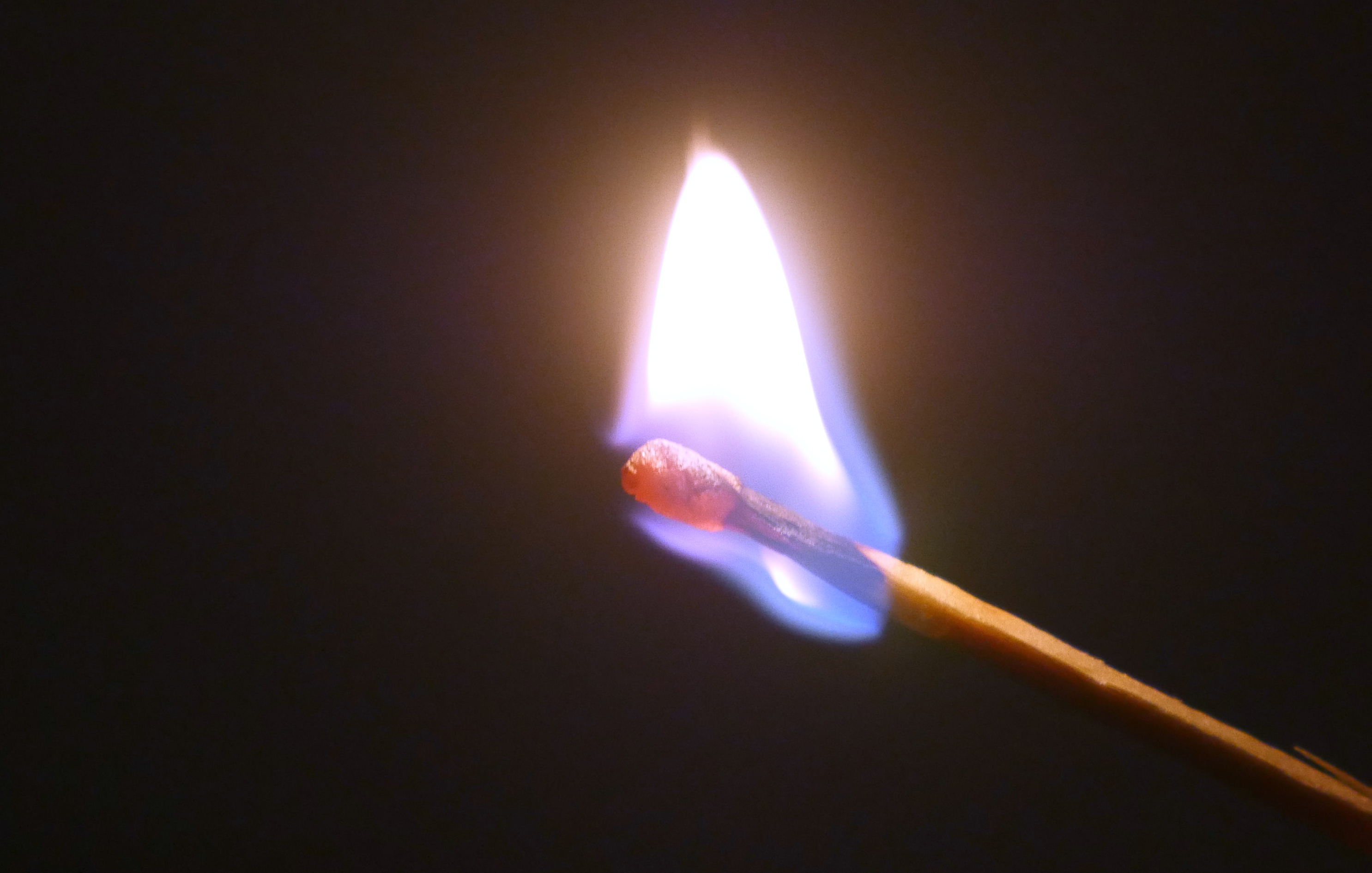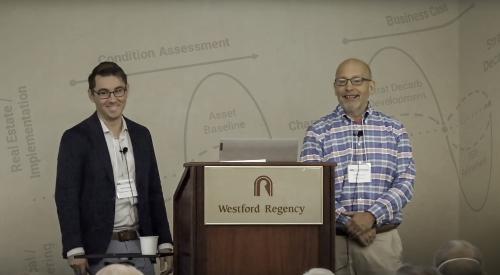Energy efficiency is always top of mind for high-performance homebuilders, but not all energy is created equal. When we consider what we use to heat and cool homes, there may be another element to start considering: exergy.
Robert Bean, founder and president, Indoor Climate Consultants, might just be the expert on all things exergy. As a retired engineering technology professional, Bean argues that combustion is an inefficient means of heating/cooling homes when it comes to exergy efficiency.
WHAT IS EXERGY?
Exergy is essentially our efficiency in creating and using high-quality heat sources. While energy is neither created or destroyed, exergy is always destroyed during irreversible processes—such as loss of heat to the environment.
Generally, the quality of a heat source increases with the source’s temperature, and decreases as its temperature cools. Okay, great, I hear you—but why is this important again? Well, while exergy is an admittedly complicated concept, Bean uses exergy to describe some sustainable initiatives.
According to Bean (AKA “The Exergist”), energy efficiency is not nearly as important as exergy efficiency. For example, natural gas burns at around 3,000 degrees Fahrenheit. In the argument of exergy efficiency, why are we using that source to heat homes to just 72 degrees? That flame could be used for much better things, like melting iron ore to make steel, or other industrial processes. Why not save the “blue flame” for that?
Then, to heat homes, we should find energy sources with temperatures closer to 100 degrees Fahrenheit. To continue using combustion for home-heating is like “gardening with a trackhoe,” according to Bean.

I should add, exergy is not just conceptual, there are statistics tying energy sources to their exergy efficiency. Bean has calculated these different fuels for varying temperatures. For example, a high-performance condensing furnace/boiler may be 98% energy-efficient, but only 6% exergy-efficient.
SOLUTIONS FOR EXERGY EFFICIENCY
So what’s the solution? If we nix combustion heating for our homes, what are some high-quality, exergy-efficient options? Bean suggests that high-performance buildings use radiant cooling/heating systems that are connected to solar thermal or geothermal systems—with wind or photovoltaics implemented to run the fluid circulators.
Using solar thermal energy yields an exergy efficiency of 20% based on the temperature of the energy’s source, according to Bean. And heat pumps? These are nearly 50% exergy-efficient—an especially “great match” if the electricity comes from hydro, wind, PV, or geothermal.
So with all of this in mind, maybe we should be focusing on the quality of our energy conservation, rather than the quantity. That’s really what exergy is all about.
Unfortunately, it’s not an issue that can be fixed overnight. It would likely take industry-wide action to dictate where we use our energy for optimal exergy efficiency. For now, at least we can spread the word and contemplate best-use cases for the enigmatic exergy.
For more on sustainability and energy efficiency, read it here on Utopia.















